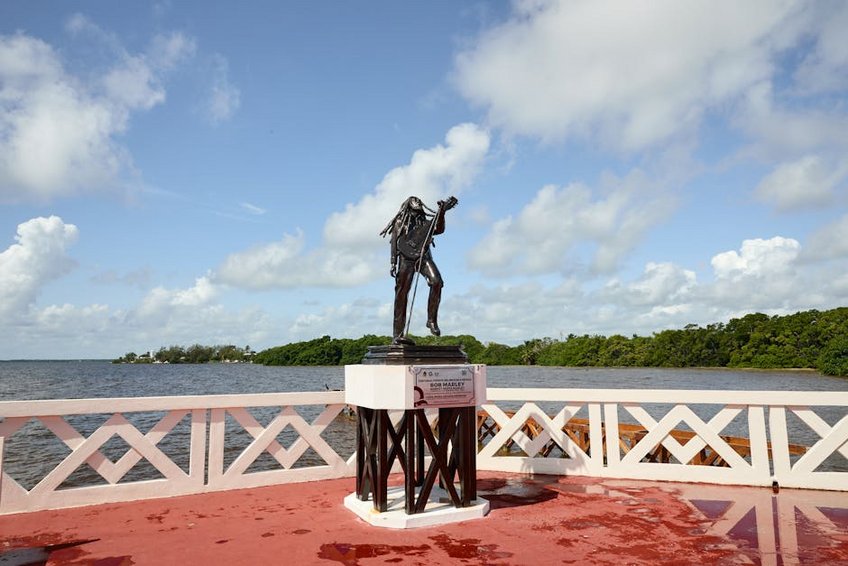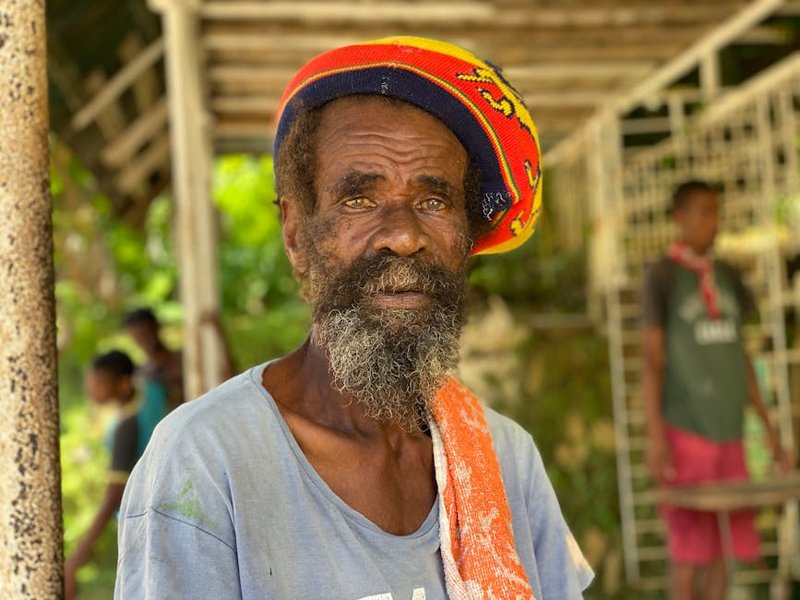Culture and Reggae Tours in the Caribbean
Imagine standing on a sun-drenched beach in Jamaica, the rhythmic pulse of reggae music flowing through the air as you learn about the rich cultural heritage that shaped this iconic sound. Culture and reggae tours in the Caribbean offer more than just vacation memories—they provide deep connections to the history, struggles, and triumphs of Caribbean people through the universal language of music. You’ll discover how reggae evolved from traditional mento and ska rhythms into a global phenomenon that continues to inspire social change and cultural pride. Whether you’re visiting Bob Marley’s birthplace in Nine Mile or exploring the vibrant dancehall scene in Kingston, these immersive experiences let you feel the heartbeat of Caribbean culture while supporting local communities and preserving musical traditions. The best culture and reggae tours combine musical education with authentic cultural exchanges, giving you unprecedented access to the places and people that keep this powerful musical legacy alive.
Culture and Reggae Tours Essential Information – Understanding the Roots
Before embarking on your Caribbean musical journey, understanding reggae’s historical context will significantly enhance your experience. Reggae emerged in Jamaica during the late 1960s, drawing from earlier musical styles like ska and rocksteady while incorporating influences from Rastafarian spirituality and social commentary. The genre gained international recognition through artists like Bob Marley, Peter Tosh, and Jimmy Cliff, who used music as a vehicle for addressing social injustice, political oppression, and spiritual awakening. Today, culture and reggae tours honor this legacy by connecting visitors with the communities, historical sites, and living musicians who continue this tradition. You’ll find that these tours vary significantly depending on the island, with Jamaica offering the most comprehensive experiences while other Caribbean nations provide unique regional variations that reflect their distinct cultural identities.
Historical Background – How Reggae Shaped Caribbean Identity
- Reggae originated in Jamaica during the late 1960s as a development from ska and rocksteady, incorporating elements of traditional mento and American jazz and rhythm and blues
- The genre became closely associated with Rastafarianism, which influenced its lyrical themes of social justice, spiritual redemption, and African diaspora consciousness
- International breakthrough came in the 1970s through artists like Bob Marley, whose album “Exodus” was named Album of the Century by Time Magazine in 1999
- Budget travelers can experience culture and reggae tours for approximately $800-1,200 per week by staying in guesthouses, using public transportation, and focusing on free or low-cost community events, local record shops, and public beach performances
- Mid-range experiences averaging $1,500-2,500 weekly include organized tours, comfortable hotels, attendance at paid concerts or festivals, and guided visits to significant musical historical sites
- Luxury reggae tours costing $3,000-5,000+ per week provide private guides, exclusive access to recording studios or private performances, luxury accommodations, and customized itineraries with transportation included
- Jamaica Tourist Board Official Site
- UNESCO Reggae Cultural Heritage Designation
Cultural Significance – More Than Just Music
Reggae represents far more than musical entertainment—it serves as a cultural ambassador for the Caribbean, expressing the region’s history of resistance, spiritual seeking, and celebration of life. UNESCO recognized reggae’s global cultural impact by inscribing it on the Representative List of the Intangible Cultural Heritage of Humanity in 2018. This acknowledgment highlights how reggae’s “contribution to international discourse on issues of injustice, resistance, love, and humanity underscores the dynamics of the element as being at once cerebral, socio-political, sensual, and spiritual.” When you participate in culture and reggae tours, you’re engaging with living history that continues to evolve while maintaining its powerful connection to Caribbean identity and global social movements.

Culture and Reggae Tours Planning Your Trip – Seasonal Considerations and Budgeting
Planning your culture and reggae tour requires careful consideration of timing, budget, and preparation to ensure you maximize this unique travel experience. The Caribbean’s tropical climate means you’ll encounter warm temperatures year-round, but specific seasons offer distinct advantages for music and cultural tourism. February through April typically provides the best weather conditions with minimal rainfall, making this ideal for outdoor concerts and festival attendance. However, if you’re specifically interested in reggae festivals, you’ll need to plan around major events like Jamaica’s Reggae Sumfest in July or Rebel Salute in January. Your budget should account for varying price points—from budget-friendly community tours to luxury experiences with private guides and exclusive access to recording studios or private performances. Remember that beyond the tour costs themselves, you’ll need to budget for accommodations, meals, and transportation between islands if you’re planning a multi-destination reggae pilgrimage.
Best Time to Visit for Culture and Reggae Tours
The optimal time for culture and reggae tours depends on your specific interests within the Caribbean music scene. For ideal weather conditions combined with festival opportunities, target January through April when the climate is driest and several major events occur. January features Rebel Salute in Jamaica, focusing on traditional roots reggae and cultural preservation. February brings the Trinidad Carnival, which while not exclusively reggae, offers incredible insight into Caribbean musical traditions. April sees various Easter weekend celebrations with special musical events across the islands. If you prefer smaller crowds and lower prices, consider the shoulder seasons of May-June or November-December, though be prepared for higher chances of rainfall. Hurricane season (June-November) offers the lowest prices but carries weather-related risks that might affect outdoor events and island transportation.
Budget Planning and Costs for Reggae Tourism
Essential Preparation Checklist
Proper preparation ensures your culture and reggae tour delivers maximum enjoyment and cultural connection. Begin researching specific artists, historical sites, and festivals at least 3-4 months before your trip, as some experiences require advance booking. Check passport validity and visa requirements for your chosen destinations—most Caribbean nations allow visa-free entry for US and EU passport holders for tourist stays up to 90 days. Pack appropriate clothing for both warm weather and occasional rain, plus modest attire for visiting religious sites associated with Rastafarian culture. Download offline maps and music playlists since internet connectivity can be unreliable in some areas. Most importantly, approach the experience with cultural sensitivity and openness to learning—reggae culture embodies deep spiritual and social meanings that deserve respectful engagement rather than superficial tourism.
Culture and Reggae Tours Top Attractions and Activities – Must-Visit Destinations
The Caribbean offers countless destinations for immersing yourself in reggae culture, but several locations stand out for their historical significance and current musical vibrancy. Jamaica naturally serves as the epicenter of reggae tourism, with Kingston offering the most comprehensive experiences through sites like the Bob Marley Museum, Tuff Gong Recording Studio, and regular live performances at venues like Dub Club and Red Bones Blues Café. Beyond Jamaica, other islands contribute significantly to the regional music scene—Trinidad’s calypso and soca traditions, Barbados’ emerging reggae scene, and the Virgin Islands’ distinctive roots reggae culture all offer unique perspectives. The best culture and reggae tours combine visits to historical sites with participation in current music scenes, allowing you to appreciate both reggae’s origins and its contemporary evolution across the Caribbean diaspora.
Must-See Highlights for Reggae Enthusiasts
No culture and reggae tour would be complete without visiting these essential destinations that have shaped the genre’s history and continued development. In Jamaica, prioritize the Bob Marley Museum in Kingston (his former home and recording studio), Nine Mile (his birthplace and final resting place), and the Peter Tosh Museum for insights into another reggae legend. The Trench Town Culture Yard offers a powerful look at the community that nurtured early reggae talent. Beyond Jamaica, visit Trinidad’s Carnival Museum to understand calypso’s influence on Caribbean music, and Barbados’ Crop Over Festival for contemporary musical celebrations. In the eastern Caribbean, St. Lucia’s Jazz Festival and the Virgin Islands’ reggae festivals demonstrate how the genre has adapted to different cultural contexts while maintaining its essential character and social consciousness.
Hidden Gems and Local Favorites
Beyond the well-known attractions, culture and reggae tours reveal hidden gems that offer more intimate connections with Caribbean musical culture. In Jamaica, seek out the weekly Sunday night sessions at Dub Club in Kingston, where you’ll experience authentic sound system culture with breathtaking views over the city. Visit small record shops like Randy’s in Kingston or Bristol Records in Montego Bay to discover vintage vinyl and chat with knowledgeable local collectors. In Trinidad, attend a pan yard rehearsal during Carnival season to witness steelpan bands developing their competition pieces. Throughout the islands, look for community centers that host weekly dance sessions where you can learn traditional movements that influenced reggae’s visual culture. These less-commercialized experiences often provide the most genuine connections to the living tradition of Caribbean music beyond the tourist trail.
Culture and Reggae Tours Practical Travel Information – Logistics and Accommodation
Navigating the Caribbean for culture and reggae tours requires understanding the region’s transportation networks, accommodation options, and practical considerations for moving between islands. Major international airports in Jamaica, Trinidad, Barbados, and the Bahamas serve as primary entry points, with smaller regional carriers connecting to other islands. Island-hopping presents logistical challenges, as ferry services can be unreliable and inter-island flights relatively expensive. For reggae-focused travel, Jamaica offers the most concentrated experiences with good internal transportation via buses, route taxis, and organized tours. Accommodation ranges from all-inclusive resorts to guesthouses and boutique hotels—for authentic cultural immersion, consider smaller locally-owned properties rather than international chains. Throughout the Caribbean, you’ll find that music culture thrives in specific neighborhoods rather than being evenly distributed, so planning your base location carefully will significantly enhance your experience.
| Transportation Category | Options and Features | Price Range (USD) |
|---|---|---|
| Inter-island flights | Caribbean Airlines, interCaribbean Airways, LIAT with connections between major islands | $150-400 per segment |
| Local transportation | Route taxis, local buses, private drivers for island exploration | $5-50 daily depending on distance |
| Ferry services | Limited scheduled services between nearby islands with varying reliability | $80-120 per crossing |
| Tourist shuttles | Hotel-based transportation to major events and attractions | $20-60 per transfer |


